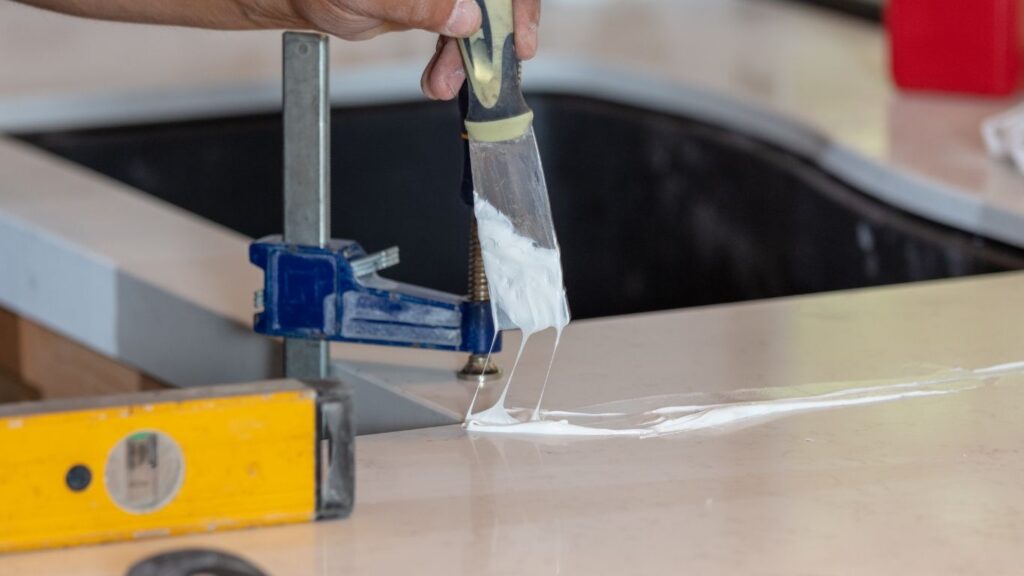
The fabrication of stone countertops involves several key pieces of equipment to cut, shape, and finish the stone. Here’s a breakdown of the essential tools and machinery: Slab Handling and Inspection: Slab Lifters/Vacuum Lifters: These are used to safely move and position heavy stone slabs within the fabrication shop. Inspection Lights: Used to illuminate […]
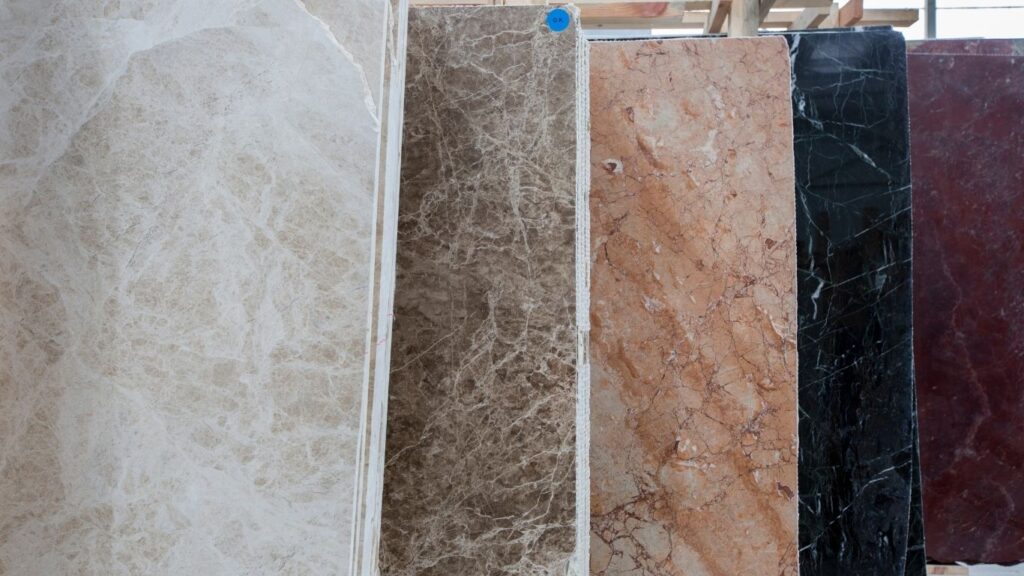
Countertop slabs are large, unfinished pieces of countertop material, typically natural stone (like granite, marble, quartzite, soapstone, limestone, travertine) or engineered stone (like quartz). Instead of being pre-cut to specific cabinet dimensions, they are sold in their full, raw form. Here’s a breakdown of what that means: Large Size: Slabs are substantial in size, often […]
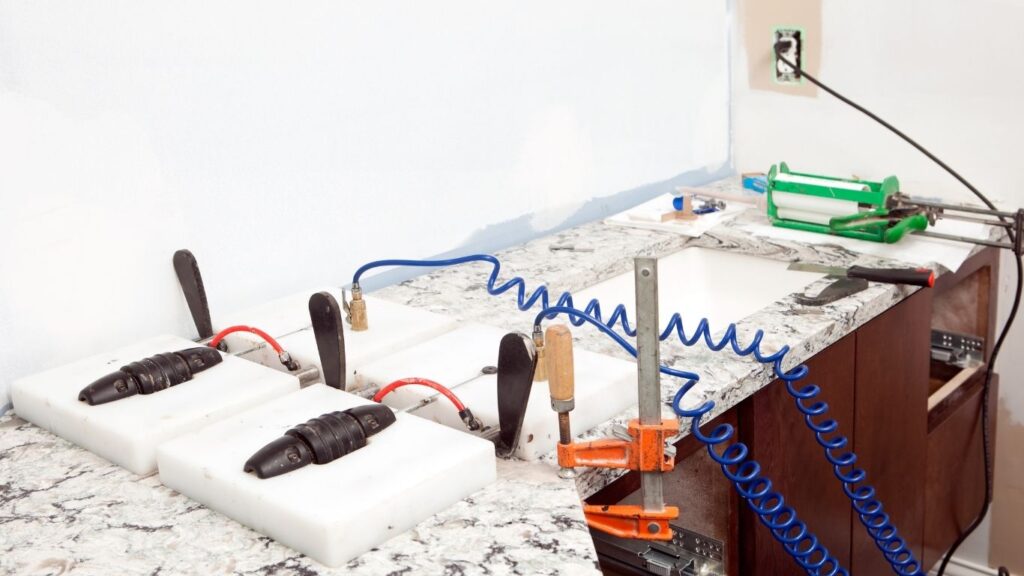
The installation techniques and hardware for countertops vary significantly based on the material. Here’s a general overview for the most common types: General Steps Applicable to Most Countertops: Measurement and Templating: Accurate measurements are crucial. For complex layouts, a physical or digital template might be created to guide cutting. Cabinet Preparation: Cabinets must be […]
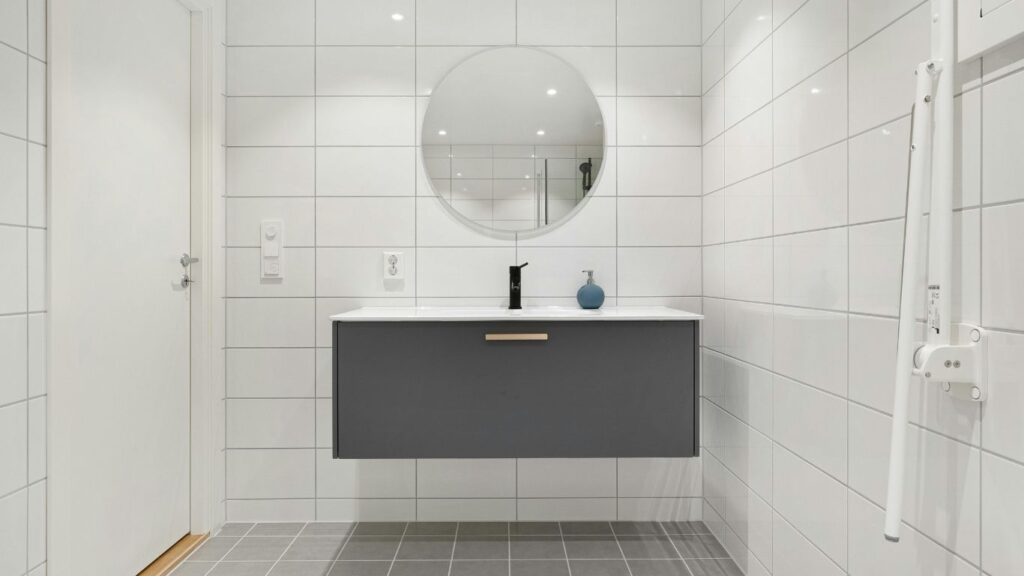
Floating bathroom vanities are typically mounted to the wall using a combination of support structures and hardware to ensure they are securely fastened and can bear weight without touching the floor. Here’s a breakdown of the common methods: Locating Wall Studs: The most crucial step is to locate the vertical wooden or metal studs […]
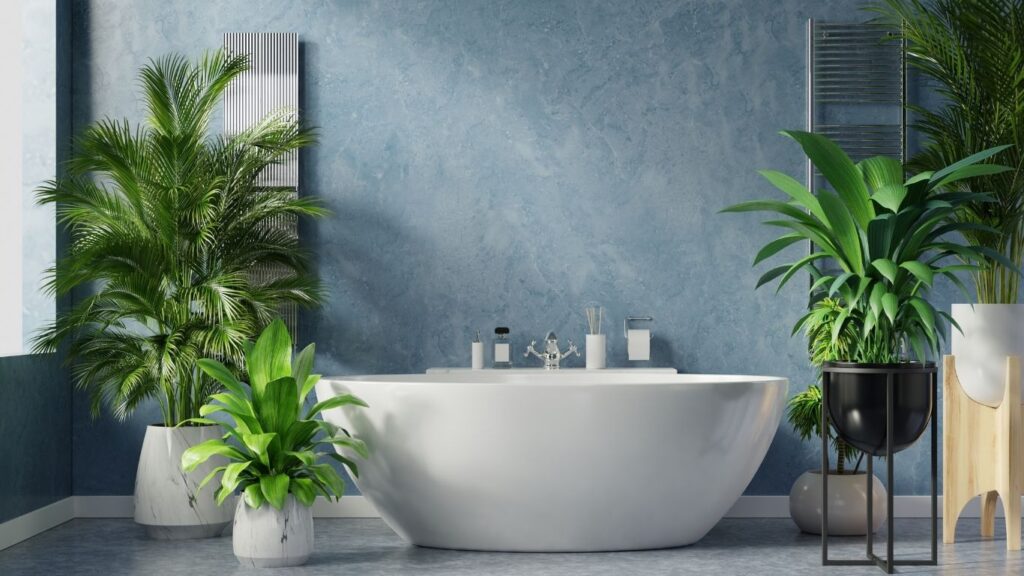
Bathtubs come in a wide array of designs and are made from various materials, each offering different aesthetics, benefits, and drawbacks. Here’s a breakdown of some common bathtub designs and the materials they are typically made of: Different Types of Bathtub Designs: Alcove Tubs: This is the most common type, designed to fit into a […]
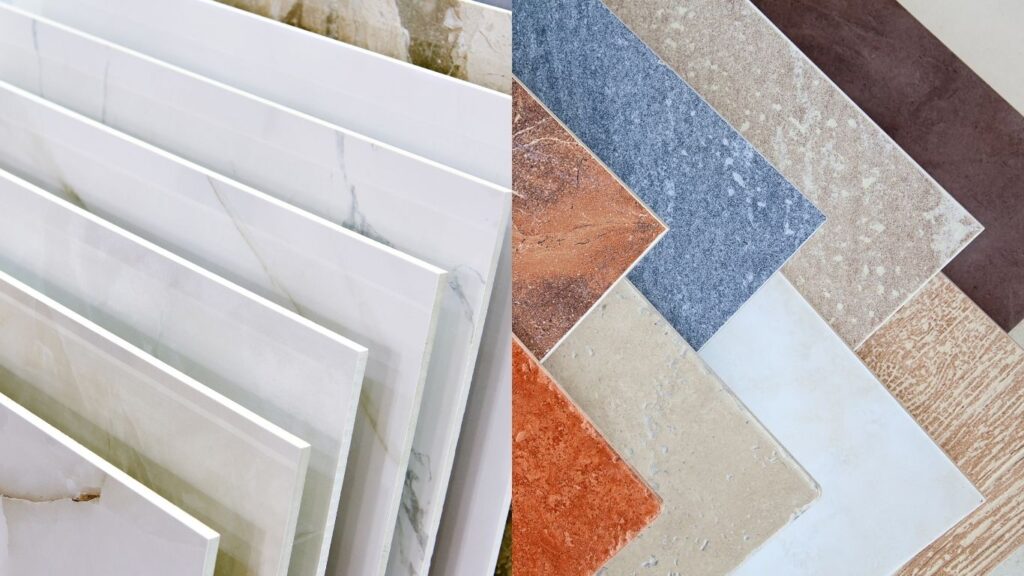
Porcelain and ceramic tiles are both popular choices for flooring and wall coverings, and while they share similarities, key differences in their composition and manufacturing process lead to distinct characteristics and ideal applications within a house. Key Differences Between Porcelain and Ceramic: Composition: Both are made from clay mixtures fired in a kiln. However, porcelain […]
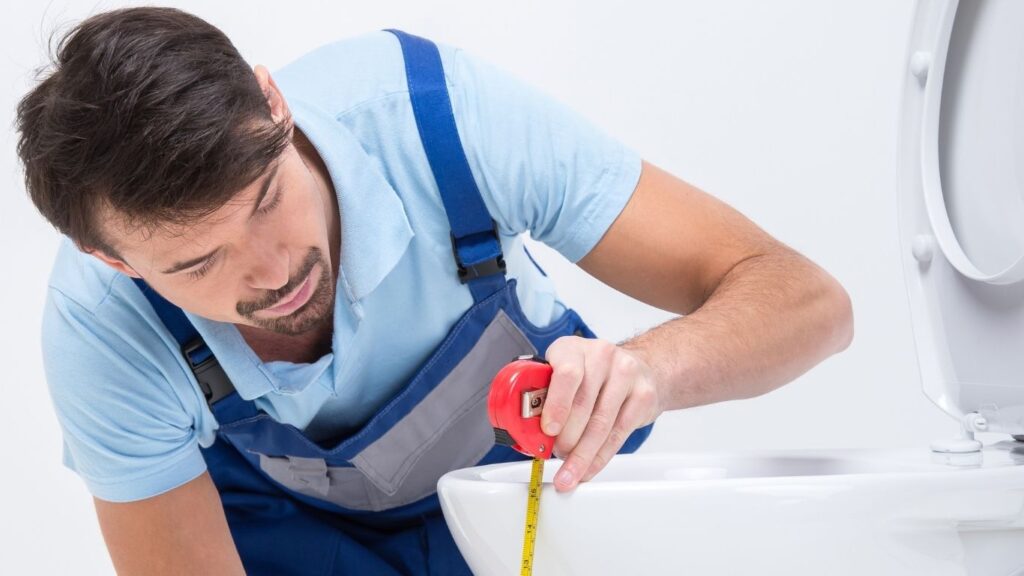
The standard measurement when sizing a toilet primarily refers to the rough-in, which is the distance from the finished wall behind the toilet to the center of the drainpipe opening (flange) on the floor. The standard rough-in size in the United States is 12 inches. However, older homes or bathrooms with space constraints may have […]

There are numerous types of countertops available for kitchens and bathrooms, each with its unique aesthetic, durability, maintenance requirements, and price point. Here’s an overview of the most common types: Stone Countertops: Granite: A natural stone known for its durability, heat resistance, and unique patterns. It requires periodic sealing to prevent staining. Marble: A luxurious […]

Who buys particle board cabinets: Budget-conscious homeowners and renters: Particle board cabinets are significantly more affordable than solid wood or plywood options, making them attractive to those with limited budgets. Property developers and landlords: For large-scale projects like apartment complexes or rental units, the lower cost of particle board cabinets can lead to substantial savings. […]

Particle board cabinets are made from wood byproducts, primarily small wood chips, shavings, and sawdust. These wood particles are mixed with a synthetic resin binder (often formaldehyde-based) and then compressed together under high heat and pressure to form panels. Here’s a more detailed breakdown of the components: Wood Particles: This is the main ingredient and […]









